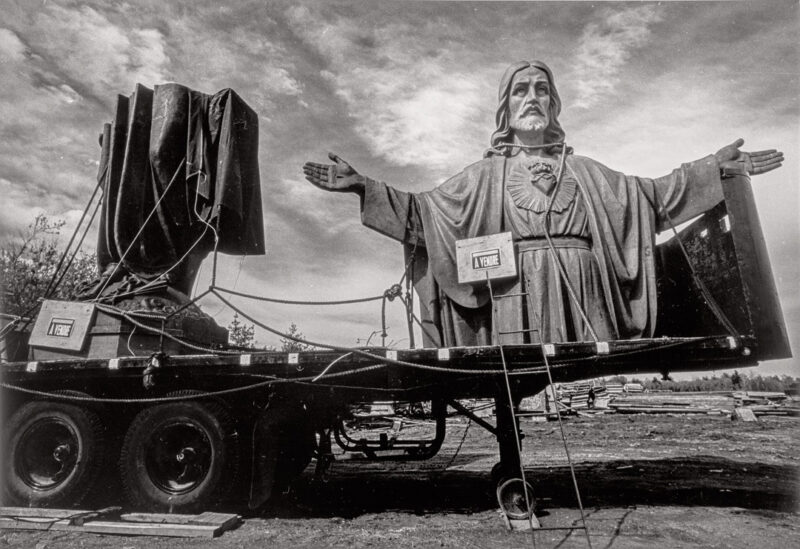[Summer 2022]
By Pierre Dessureault
[Excerpt]
In the 1960s and 1970s, Quebec was experiencing a radical revision of all kinds of models that had previously been seen as immutable. This major transformation swept away obsolete institutions and fossilized ways of thinking inherited from the Great Darkness of the Duplessis period and laid claim to a national identity and collective pride that were expressed in innovative cultural forms and productions congruent with the values of the Quiet Revolution. While the speech arts (poetry, song, theatre) embraced a voice that authentically recounted the realities of Quebec, the image arts – film and photography – saw the emergence of a variety of documentary practices that set out to paint a portrait of the necessary transition to modernity and to define new approaches to social realities. Practitioners of direct cinema would be the pathfinders: their production of documentaries “would offer an opportunity for awareness raising and a reconciliation with reality. As an instrument of discovery and gradual affirmation of an identity, this production constituted above all an impassioned appropriation of Quebec: Québécois people were finally daring to look at themselves as they were, the picturesque (the gaze of the ‘other,’ even the foreigner) giving way to the familiar, the folklorization of their culture and their social condition falling away, the myth evaporating before the reality.”1
Abandoning the picturesque and an idealized vision of Quebec supported by the imperatives of the governmental information and popular education that still dominated the photography of the times, photographers, in their turn, became involved in the social realm, choosing their subjects and formulating how they would be treated, setting the parameters of their approach – the exploration of previously ignored fields and the statement of political positions. They did not limit themselves simply to showing events but set out to understand the facts of society and the ideas of the times in order to communicate them through a personal viewpoint. Thus, a myriad of styles blossomed through projects and creators, with works integrating the globalizing aims of August Sander and Eugène Atget, the documentary style of Walker Evans, the reformism of Jacob Riis and Lewis Hine, the activism of the Photo League, the “decisive moment” of Henri Cartier-Bresson, and snapshots of the social landscape…
Translated by Käthe Roth.
[ Complete issue, in print and digital version, available here: Ciel variable 120 – FIGURES OF AFFIRMATION ]
[ Complete article and more images, in digital version, available here: Michel Saint-Jean. When Documentary Takes a Side— Pierre Dessureault ]

